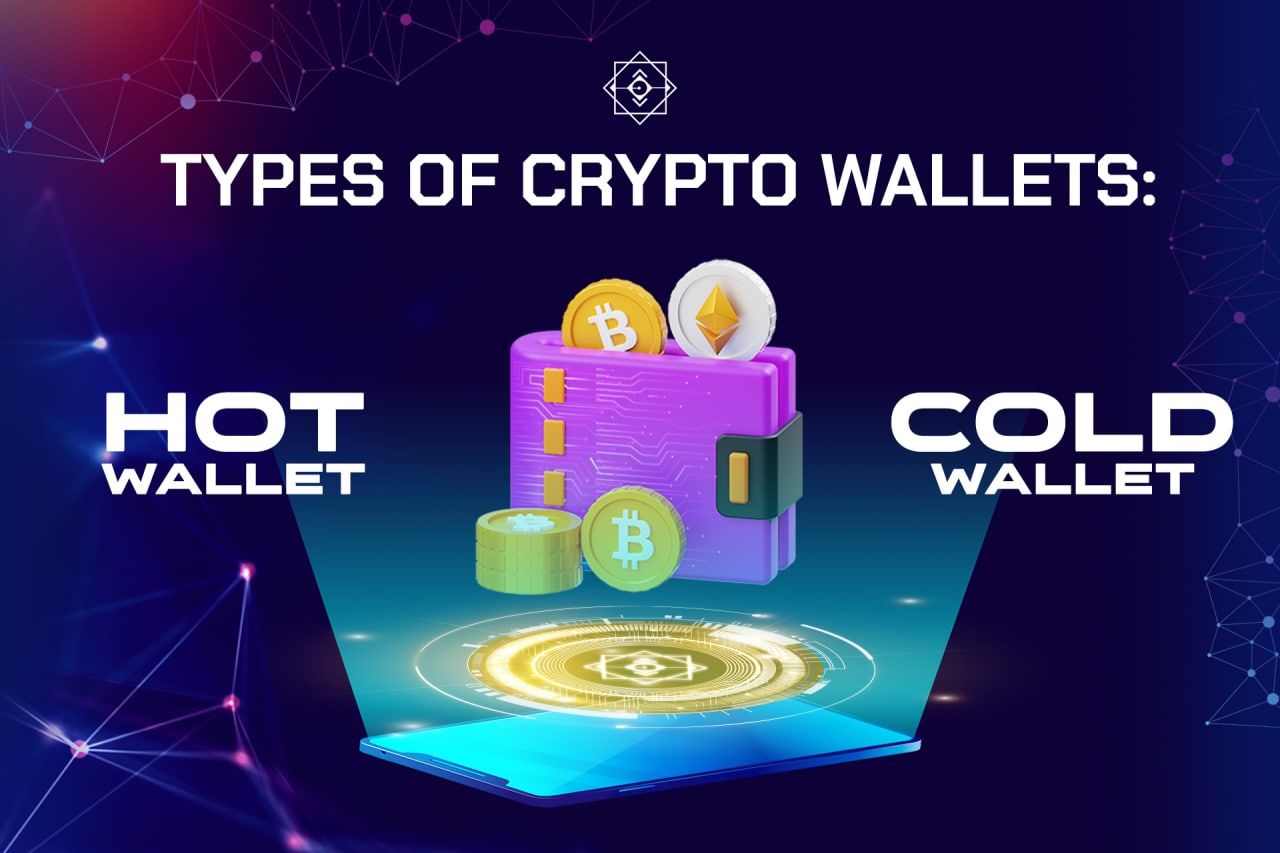- Blog
- Crypto News
- What is Proof of History (PoH)? Everything about Proof of History
What is Proof of History (PoH)? Everything about Proof of History
- 1. What is Proof of History (PoH)?
- 2. What problem was Proof of History (PoH) created to help Solana solve?
- 3. How Proof of History
- 4. Proof of History and Solana Example
- 5. Compare Proof of History with Proof of Work, Proof of Stake, Delegated Proof of Stake
- 5.1 Proof of Work
- 5.2 Proof of Stake
- 5.3 Delegated Proof of Stake
- 6. Evaluation of the pros and cons of Proof of History
What is Proof of History? This can be the question of many people who learn about Blockchain. This Solana's consensus algorithms are appearing densely on Metaverse-related forums. Let's join BHO Network and Learn more about this potential mechanism!
1. What is Proof of History (PoH)?
Proof of History (PoH) is a new consensus method for storing, transmitting and preserving Solana's authenticated Blockchain data. This method can generate subsequent blocks without coordinating with all previous networks. Timestamps can help synchronize data in verifying transaction validity.
2. What problem was Proof of History (PoH) created to help Solana solve?
First, Solana is a high-performance open source Blockchain platform. The project can create a new Block with a time of 400ms or 0.4s and works at 5,000 TPS (scalable up to 700,000 TPS). But for such a large TPS expansion, consensus on the timing and sequence of transactions is also one of Solana's major challenges.
Especially this happens when the Nodes do not trust the Timestamp received from the Nodes in the network. Solana's Proof of History was created to solve this problem. PoH uses the SHA256 Hash function to make all events or transactions on Solana Hashing.
SHA256 will take one input and generate only one output. The output of this transaction will be used by Solana as input for the next Hashing. This process will create a chain of transactions that Solana trusts. Therefore, Validator Nodes do not need to add Timestamps manually, but just need to add transactions to a Block.
Read more: What is Proof of Stake (POS)? Things you need to know
3. How Proof of History
PoH works in a tested way by creating a ledger with a clock. This test has shown that the notes in the network know the uptime even though there are no other Nodes.
Solana's Proof of History works on its own internal clock. Nodes verify events/transactions and elapsed time as soon as looking at the Hashing chain.
In particular, this does not require time validation with other nodes. The proof uses a deferred VDF function that is verifiable to hash incoming transactions and also notes the transactions that occur.
4. Proof of History and Solana Example
If there are three transactions A, B and C. Solana execute each of these transactions in order through Proof of History. And it goes like this:
- PoH (A, timestamp 0) after being PoH generates the encrypted version of A on timestamp 0
- PoH (B, timestamp 1) after it is PoH generates the encrypted version of B on timestamp 1.
- PoH (C, time stamp 2) after being PoH generates an encrypted version of C on timestamp 2.
Since transactions are fixed in timestamps, this provides a client measure mandarin. Therefore if transaction B is entered in timestamp 0, the entire Blockchain chain will be affected. With this algorithm, there is no need for humans to participate in transaction verification.
As a result, confirmation is faster than Proof of Stake (PoS) and Proof of Work (PoW). As a result, Solana can achieve transaction speeds of up to 50,000 transactions per second (TPS), where Proof of Work achieves 5 to 7 TPS, and Ethereum achieves 30 TPS.
5. Compare Proof of History with Proof of Work, Proof of Stake, Delegated Proof of Stake
Proof of History by Solana was created with many outstanding transformations, handling large amounts of money. large transactions per second. Overall methodhas a great potential compared to its predecessors. Specifically, the difference between Proof of History and other mechanisms will be clarified below.
5.1 Proof of Work
First, Proof of Work and Proof of History still have some similarities. For example, both rely on a definite cost of computation to generate blocks or chains of transactions.
However, PoH helps to solve the challenge of taking time off the network. This also makes Blockchain much lighter and faster than using PoW. By combining with BFT Tower, mechanisms can be better protected.
5.2 Proof of Stake
To see the difference between PoH and PoS, you must first write about PoS. Proof of Stake (PoS) is an Ethereum scaling solution. At PoS, network participants contribute Tokens for a chance to be the miner of the next block and receive associated rewards.
However, PoS comes with a significant challenge known as “nothing at stake”. And with PoH implementation in 2020, this challenge is overcome by introducing a penalty for miners voting on invalid chains.
In contrast, PoH does not block malicious actors. As a result, Solana implements BFT Towers to assure network participants that bad actors will be penalised by having their stakes “slashed” if they see them voting against PoH.
PoS is also vulnerable to a long-range attack whereby earlier participants can hijack the chain by disputing blocks generated by later participants. The BFT Tower prevents such attacks by validating blocks that have received the votes of more than two-thirds of the network.
5.3 Delegated Proof of Stake
Delegated Proof of Stake used by EOS and some others. These people will delegate block production to other network participants to increase throughput. These proxies are elected from token holders.
In EOS, only 21 block producers control the network, meaning the network is highly centralized. This could lead to another risk: voters joining forces with each other and manipulating block producer elections in their favor.
Contrary to the above, Solana's Proof of History will combine with BFT Tower to increase security over dPoS. This helps prevent bad actors by “slashing” their stake if they vote against this consensus protocol. This also be considered as the consensus protocol awaited by Blockchain.
Read more: What is IDO? Should I invest in IDO?
6. Evaluation of the pros and cons of Proof of History
Since no algorithm is perfect, even though Proof of History is a superior new mechanism, the foundation will still have some outstanding advantages and disadvantages like other predecessor consensus methods.
Advantages
Thanks to the application of Proof of History, Solana can execute 50,000 transactions containing 250 kb per second. Based on this capacity, the data volume can exceed 40 Petabytes if calculated by one year. This will be the huge amount of data that no organisation can afford to store until now.
Cons
Because of such a high volume of data, the devices Solana uses must meet strict specifications. The data will be excluded from the consensus mechanism if requirements are not met. This leads to difficulty in decentralisation and consumes a lot of hardware investment costs.
Related posts:
- What is AMM? Things you must about Automated Market Maker
- What is Bitcoin Halving? Everything about the BTC
The above are the knowledge that BHO Network share about “What is Proof of History?” and information related to Solana's consensus algorithm. Hopefully, this information will be helpful if you are learning about Proof of History. You can update more useful articles via.
Published on July 10, 2022
Tagged topics







